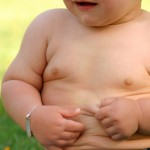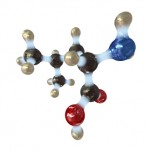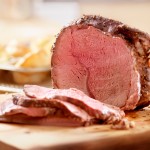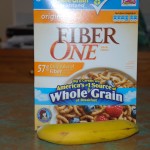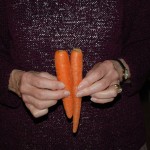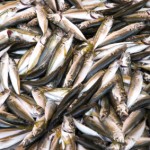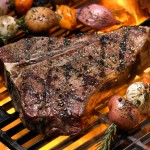There is a very interesting article in the Wall Street Journal today about how Portland, Maine, concerning about the growing number of obese kids in the community, developed a city-wide plan to combat the issue. Their concept has now spread elsewhere in the state.
Well that caught my attention and I started looking for background medical and non-medical data. Many of the websites I visited initially were poorly written, causing me to move on, but I found one for the 6th Biennial Childhood Obesity Conference to be held in San Diego starting 0n June 27th (www.childhood-obesity.net). The underlying dire fact is the percentage of kids in the US who are overweight or frankly obese has nearly tripled in the last thirty years.
The conference offers youth scholarships for travel, hotel accommodations, meals (presumably healthy ones) and registration/materials fees. This way kids ages 14 to 18 can meet with medical experts, teachers, policy makers and other kids to hear the evidence-based best approaches to combating obesity.
Former President Bill Clinton's foundation's web page said we've got ~25 million kids in the overweight and obese danger zones and the medical therapy for obese kids costs us three times that of normal weight kids. Twenty-five percent of our children don't engage in any kind of free-time physical activity.
So is it genetics or food or activity that's causing the problem. I think the answer is "yes," but I'd certainly put more emphasis on the latter two factors. Less than 25% of our high school kids take PE on a daily basis; instead they spend an average of four to five hours a day doing non-exertional "techy" activities including video games, computer use and even plain old television watching.
So back to Portland's plan. They developed a 5-2-1-0 concept: five servings of fruits and veggies, 2 hours or less of "screen time," at least one hour of exercise a day and zero sugar-filled drinks. They've already reversed the upward trend in obesity, but at considerable cost ($3.7 million) and with some difficulty in measuring the results. Now the CDC has recently given over a quarter of a billion dollars to 39 US communities in an effort to both start programs and follow their outcome.
I Googled the name of Dr. Victoria Rogers, a pediatrician mentioned in the article. She works as Director of the Kids Co-op at the Barbara Bush Children's Hospital at Maine Medical Center and is involved in the 5-2-1-0 Goes to School program, another Portland-based program called "Let's Go!," and the state-wide Maine Youth Overweight Collaborative.
In Maine alone, Let's GO is now active in nearly 350 schools and the local business men and women who funded the original project are able to see some preliminary results already. One phone survey found increasing (but still relatively low) percentages of kids adopting healthier eating and exercise habits. Dr. Rogers and her cohorts want to follow 1,500 kids who are in the Let's Go! study long term to see if they change their eating and exercise habits for a lifetime.
So what's happening in your town or city and your state. It's our kids; we have to make a difference in their lives and this is a great way to do so.


